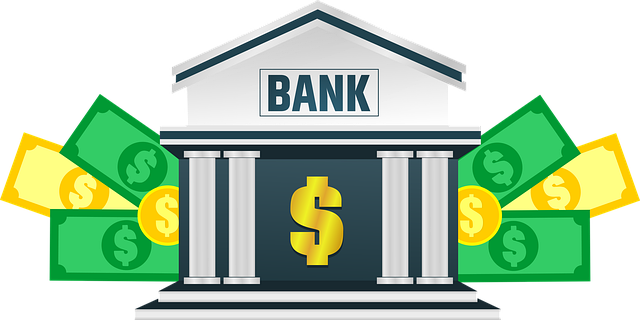Understanding upfront loan fees is vital when considering alternative loans. These one-time charges cover processing, underwriting, and originating costs, varying among lenders and loan types. By dissecting components of loan interest, including fixed vs. variable rates, and comparing additional fees like origination, processing, or administrative charges, business owners can make informed decisions balancing immediate financial burden with long-term savings. Researching market averages, comparing multiple lenders, demonstrating strong financial health, and focusing on interest rate savings during negotiation helps secure the best alternative loan deal.
In the dynamic landscape of alternative business financing, understanding upfront fees is paramount. This article delves into the intricacies of assessing loan fees in alternative loans, equipping entrepreneurs with crucial insights. We explore how these fees, often a significant component of total costs, are structured and composed. Additionally, we provide strategies to negotiate and minimize them, ensuring informed decisions that optimize your business’s financial health. By understanding loan interest charges, you can navigate this complex environment effectively.
- Understanding Upfront Fees in Alternative Business Loans
- Analyzing the Components of Loan Interest Charges
- Strategies for Negotiating and Minimizing Upfront Fees
Understanding Upfront Fees in Alternative Business Loans

Understanding Upfront Fees in Alternative Business Loans
When considering alternative business loans, it’s crucial to demystify upfront fees. These fees are one-time charges assessed by lenders at the beginning of the loan process and can vary significantly between lenders and loan types. They’re distinct from regular interest payments, which are spread throughout the loan term. Upfront fees typically cover various costs associated with processing, underwriting, and originating the loan, offering a clear indication of the initial investment required.
By examining these upfront fees, business owners gain valuable insights into the overall cost of borrowing. While they might seem like a substantial up-front expense, breaking them down and comparing them across different lenders can reveal more affordable options. This strategic approach ensures that borrowers make informed decisions, balancing the immediate financial burden with long-term savings on loan interest.
Analyzing the Components of Loan Interest Charges

When assessing upfront fees in alternative business loans, a crucial step is to analyze the components that make up the loan interest charges. These include fixed and variable rates, which can significantly impact the overall cost of borrowing. Fixed rates provide clarity by remaining constant throughout the loan term, while variable rates are subject to change based on market fluctuations. Understanding these dynamics is essential for business owners to predict and manage their financial obligations effectively.
Furthermore, it’s important to break down additional fees such as origination, processing, or administrative charges. These loan fees can add up and should be transparently disclosed by lenders. By scrutinizing each component, borrowers can make informed decisions, ensuring that the chosen alternative loans align with their financial capabilities and strategic goals.
Strategies for Negotiating and Minimizing Upfront Fees

When considering alternative business loans, one of the key aspects to scrutinize are upfront fees. These can vary significantly between lenders and loan types. To negotiate and minimize these costs, borrowers should start by thoroughly researching the market and comparing offers from multiple lenders. Understanding the average range for similar loans can empower you during discussions.
Another strategy is to be open about your financial situation and negotiating power. Lenders often consider a borrower’s ability to repay, so demonstrating strong creditworthiness or offering collateral might lead to lower fees. Additionally, some lenders may be willing to negotiate, especially if you’re securing a large loan amount. It’s also worth considering the long-term costs; while higher upfront fees might seem discouraging, they could result in lower interest rates over time for certain loan types.






